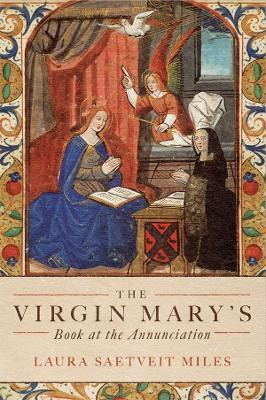The Virgin Mary's Book at the Annunciation(English, Paperback, Miles Laura Saetveit Professor)
Quick Overview
Product Price Comparison
Winner of the 2021 Frank S. and Elizabeth D. Brewer Prize of the American Society of Church HistoryWinner of the 2022 SMFS Best First Book in Medieval Feminist Studies AwardAn overlooked aspect of the iconography of the Annunciation investigated - Mary's book.The Annunciation remains one of the most recognizable scenes in western Christianity: the angel Gabriel addressing the Virgin Mary, capturing the moment when Christ becomes incarnate. But one consistent detail has evaded our scrutiny - Mary's book. What was she reading? What does her book mean? This innovative study traces the history of Mary's book at the Annunciation from the early Middle Ages through to the Reformation, focusing on a wide variety of religious treatises, visionary accounts, and art. It argues that the Virgin provided a sophisticated model of reading and interpretation that was foundational to devotional practices across all spectrums of society in medieval England, and especially for enclosed female readers. By imitating the Virgin, readers learned how to read; they learned how to pray; they learned how to channel God through vision and revelation. Most of all, they learned how to conceive God spiritually, just as Mary had conceived him physically, and just as she had conceived intellectually her reading of the Old Testament prophecies foretelling the Incarnation - that she herself was part of their fulfillment. The Annunciation offered a hermeneutic model of conception radically based on the reproductive female body, otherwise deeply problematic in medieval culture. Scholars have long studied the importance of the Virgin Mary for medieval people. But few would think of her as an intellectual role model. Yet that is what this book contends - that Mary's reading at the Annunciation is, essentially, a missing link for understanding how reading, interpretation, and devotion worked in the Middle Ages.


